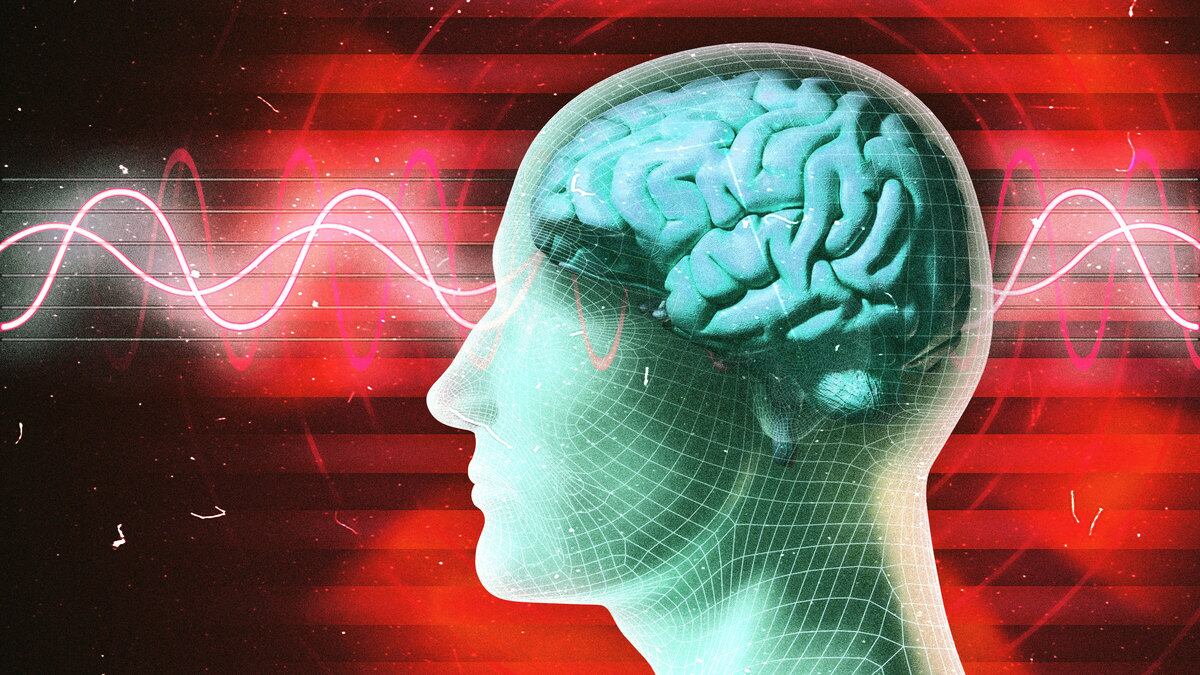If you’ve ever become lost in an activity—playing video games, running, or making art—you’ve noticed that you become completely immersed in the present moment, rising to the challenge of the experience without becoming bored, frustrated, or tired. Thoughts about the past, future, and even the self melt away. Time seems to fly by. You’re in the zone.
This is the flow state, first described by late Hungarian-American psychologist Mihaly Csikszentmihalyi in the 1970s. Researchers have been chasing the concept ever since, trying to figure out how and why we enter the flow state and how we can get more of this inherently rewarding experience in our everyday lives, in both work and play.
Flow is not only an enjoyable state, it is also seen as personally meaningful. “When the self loses itself in a transcendent purpose—whether to write great poetry, craft beautiful furniture, understand the motions of galaxies, or help children be happier—the self becomes largely invulnerable to the fears and setbacks of ordinary existence,” said Csikszentmihalyi in a 1995 interview. Flow is also associated with an improved performance in certain situations.
In addition to being rewarding in the moment, “flow has also been associated with a number of longer-term wellbeing outcomes—everything from buffering against burnout at work to buffering against depression to increasing resilience,” Richard Huskey, an assistant professor in the Cognitive Science Program at the University of California Davis, told The Daily Beast.
To date, most of the research on flow has been psychological, relying on participants’ own reports of how they’re thinking and feeling. While these studies are important, scientists have a lot of questions that purely psychological studies may not be able to answer. Chief among these is: What’s actually happening in the brain when we’re in a state of flow?
But to answer questions about the neurobiology of flow, scientists needed to bring flow from the soccer field or artists’ studio into the lab, which is no mean feat. They had to figure out a task that would reliably induce a flow state that could be performed by average people without any particular expertise. Furthermore, since many studies of brain activity are performed in an fMRI machine (which measures blood flow to different parts of the brain), the task needed to be something that people could do while lying down and keeping their heads completely still.
The task also needed to have adjustable difficulty. If a task is too easy, you probably won’t get into a flow state, Dimitri van der Linden, a behavioral science professor at Erasmus University Rotterdam in the Netherlands, explained to The Daily Beast. Instead, you’ll be bored, or your mind will wander to other things. But if the task is too hard, you’ll get stressed or frustrated. “At the intermediate level, that’s where flow tends to occur,” he said.
Many researchers are using video games, or gamified versions of tasks regularly used in cognitive neuroscience. This is perhaps unsurprising, as Csikszentmihalyi identified many similarities between play and flow. “Play is action generating action: a unified experience flowing from one moment to the next in contradistinction to our otherwise disjoint ‘everyday’ experiences,” he wrote in a paper published in 1971.
So Huskey’s lab created a game called “Asteroid Impact” to study flow; players move a tiny spaceship to collect crystals while trying not to get hit by asteroids. Other studies have used first-person shooters or Tetris. The games don’t have to be overly complicated to induce flow.
While most studies of this type use games, a group in Germany uses mental math tasks that are adjusted to the abilities of the participant. While this might not sound very exciting, the participants did report a high degree of focus and a relative absence of thoughts about personal concerns, as well as at least moderate enjoyment of the task, indicating characteristics of flow.
Using these techniques, researchers have begun to develop some ideas about the neurobiology underlying the characteristics of the flow state.
Some researchers have hypothesized that it’s a state of high connectivity between the brain’s reward system and the cognitive control system, which helps us maintain focus on a specific task in pursuit of a goal. “Basically, the synchronization theory of flow makes the argument that when people are experiencing flow, systems in their brain that are associated with goal-directed behavior—and eliciting the control associated with that—should be working together with and functionally informed by systems in the brain associated with reward processing,” Huskey said.
There is even scientific evidence for this. Flow is associated with higher activity in the brain’s reward areas. This is further supported by studies showing that dopamine, a chemical in your brain that plays a large role in pleasure, is associated with a propensity for the state of flow. Some areas of the cognitive control network are also more active during flow.
While there is some evidence of connectivity between these two networks during flow, the nature of this connectivity appears to be dynamic and is not yet fully understood, said Huskey.
What our brains are doing in a flow state is certainly important, but what they’re not doing is also key. During flow, we’re absorbed in a single task and we’re not thinking about ourselves—if we look stupid, if we’re working fast enough, if a co-worker is mad at us or just having a bad day.
Scientists think that this non-task-focused idle chatter is mediated by interacting regions of the brain called the default mode network (DMN). “The default mode network plays a role in self-referential thinking—thinking about yourself, thinking about what might happen in the future, or what happened in the past,” van der Linden said.
And indeed, components of the DMN do seem to be less active during the flow state. This helps scientists understand the mechanisms that may underlie the freedom from self-directed thoughts that we experience during flow.
While learning more about the brain processes involved in flow might help us design everyday or work-related tasks to be more flow-inducing, another possibility is manipulating not the task, but the brain itself.
Research groups in both Germany and Australia have used a type of painless electrical stimulation (administered from outside the brain) to modulate activity in specific brain areas and increase people’s experience of flow during video games and mental math tasks. But don’t go buy a brain stimulation device quite yet. First, both studies were quite small, with only about 20 or 30 participants. Also, it only seemed to work for some people: in the math study, for example, stimulation only increased the flow experience for those who already had low levels of flow at baseline.
In addition to more fully elucidating the effects of brain stimulation on flow, there are many other unanswered questions. Van der Linden, for example, notes that many of the brain activity patterns observed in flow are also related to attention. “So, is flow really a unique state? Or is it just the extreme point of having very strong, focused attention?”
For his part, Huskey is interested in establishing a causal link between flow and mental health benefits. Practically all of the studies on flow and well-being are correlational: they show a link between the two, but don’t show if being in flow states actually causes greater well-being or if people with greater well-being can enter into flow states more easily, or if both are caused by a third factor. By experimentally inducing flow in the lab, Huskey wants to see if flow states do in fact promote mental well-being and figure out the neurobiological processes that link flow to positive outcomes.
Ultimately, he believes, “having a better understanding of the neurobiological basis of flow should give us some additional insight into when and why flow occurs, how we might, in everyday tasks, design for flow, and what are the mechanisms that might underlie these potential positive psychological benefits.”







